The Pacific Flyway, stretching from Alaska to Patagonia, serves as a superhighway in the sky for millions of migratory birds each year. This magnificent aerial corridor guides countless species on their biannual journeys, creating one of North America’s most spectacular wildlife phenomena. For birdwatchers, understanding why birds select this particular route reveals fascinating insights into avian behavior, ecology, and evolution. The Pacific Flyway isn’t merely a convenience for these feathered travelers—it’s a critical lifeline shaped by thousands of years of adaptation and survival. From geographical advantages to food availability, the reasons behind birds’ preference for this western migration route offer birdwatchers a deeper appreciation of the remarkable journeys these creatures undertake. Let’s explore the top ten factors that make the Pacific Flyway the preferred choice for so many bird species.
1. Diverse Habitat Corridors
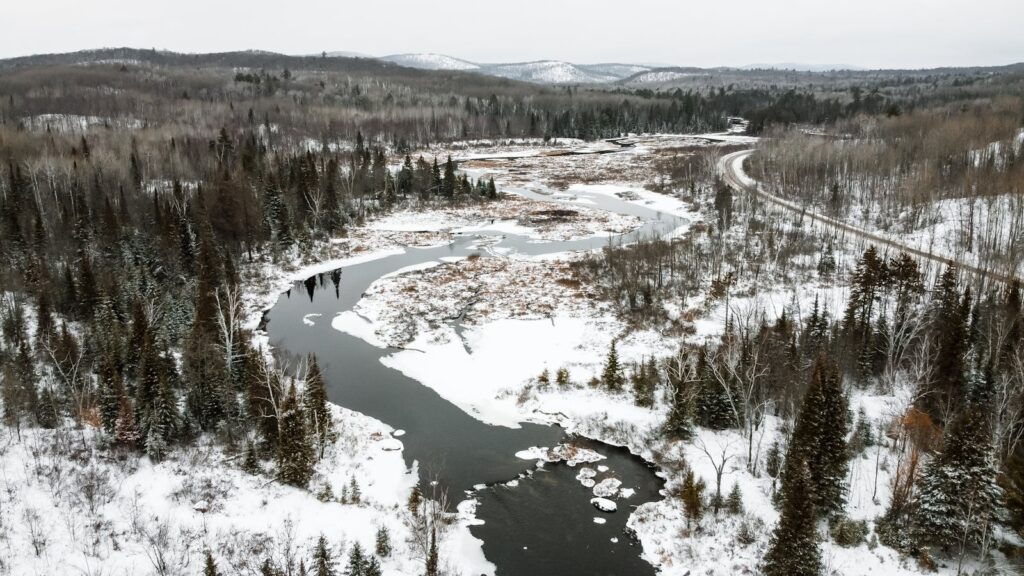
The Pacific Flyway offers an unparalleled diversity of habitats along its north-south route, providing birds with varying ecosystems that meet their changing needs throughout migration. From the Arctic tundra and boreal forests of Alaska to the coastal wetlands of California and the tropical regions further south, birds can access different food sources and resting areas as seasons change. This habitat diversity serves as a critical lifeline, allowing species to adapt to different conditions during their journey. For birdwatchers, this means the Pacific Flyway presents opportunities to observe species in a wide range of settings, from shorebirds on mudflats to waterfowl in marshes and songbirds in woodlands.
2. Reliable Water Sources and Wetlands
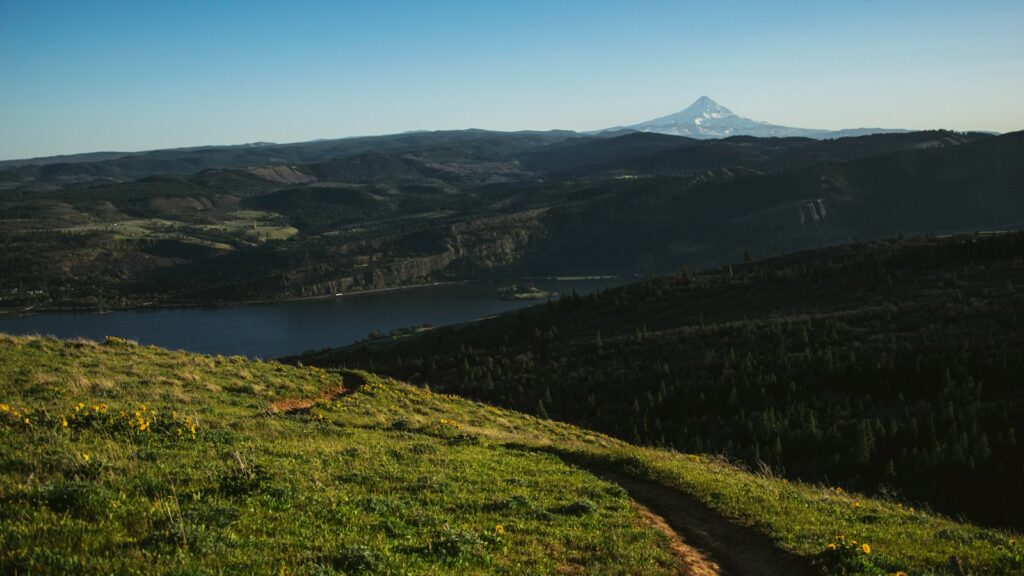
Water availability is perhaps the single most crucial factor driving birds’ preference for the Pacific Flyway, with its chain of lakes, rivers, estuaries, and coastal wetlands creating natural stepping stones for migrating species. The western coastline offers consistent access to water, even during seasonal dry periods, providing essential hydration and habitat for water-dependent species. Critical wetland areas like California’s Central Valley, the Great Salt Lake, and the Columbia River estuary function as vital refueling stations where birds can rest and feed during their arduous journeys. These wetlands are particularly critical for waterfowl, wading birds, and shorebirds that depend on aquatic environments for both food and shelter during their migratory stops.
3. Mountain Range Guidance
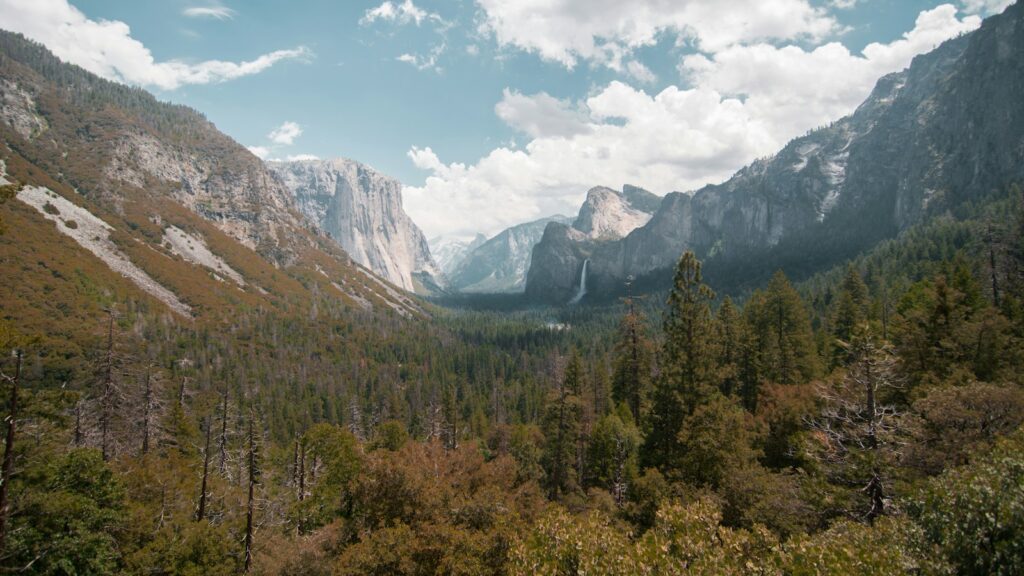
The majestic mountain ranges along the Pacific Flyway create natural navigational features that help guide birds along their migration routes. The north-south orientation of ranges like the Sierra Nevada, Cascades, and Coast Ranges provides visual landmarks and creates predictable wind patterns that birds can utilize during flight. These mountains also generate thermal updrafts that soaring birds like hawks, eagles, and vultures can ride to conserve energy during migration. Additionally, the mountain ranges create rain shadows and diverse microclimates that support varied plant communities, which in turn attract different insect populations and provide diverse food sources for migrating birds.
4. Ancestral Instinct and Genetic Programming
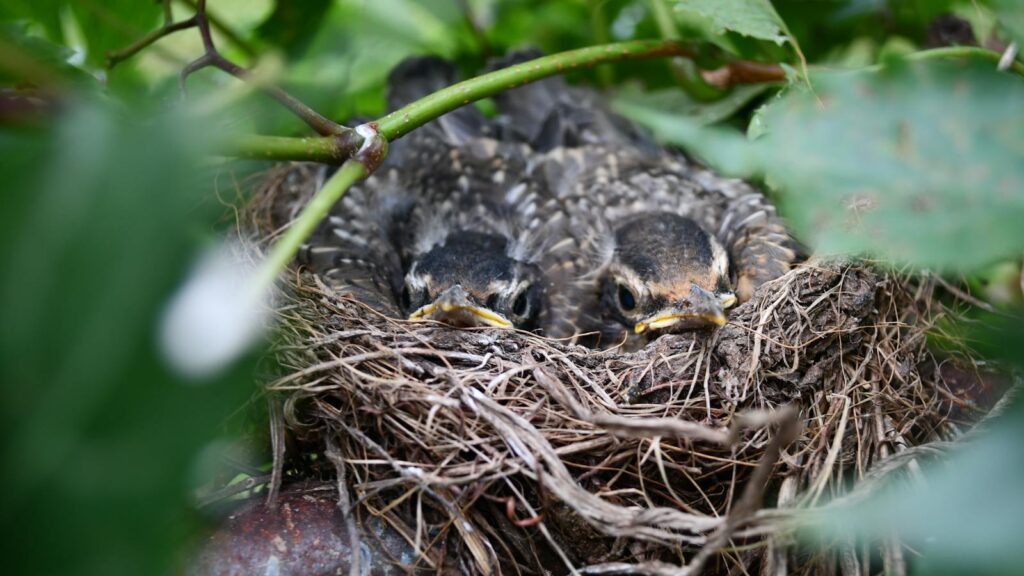
Birds’ preference for the Pacific Flyway is deeply embedded in their genetic makeup, the result of evolutionary adaptations refined over thousands of generations. Young birds often inherit an innate sense of direction and timing from their ancestors, with their internal navigation systems pre-programmed to follow specific routes. This genetic memory helps explain why even first-time migrants can successfully navigate the Pacific Flyway without guidance from experienced birds. Research has shown that many species have specialized brain structures that allow them to sense Earth’s magnetic field, perceive polarized light patterns, and recognize celestial cues—all of which help them maintain proper orientation along the Pacific Flyway. For birdwatchers, witnessing this instinctual behavior provides a glimpse into the remarkable evolutionary adaptations that enable these incredible journeys.
5. Food Abundance and Seasonal Timing
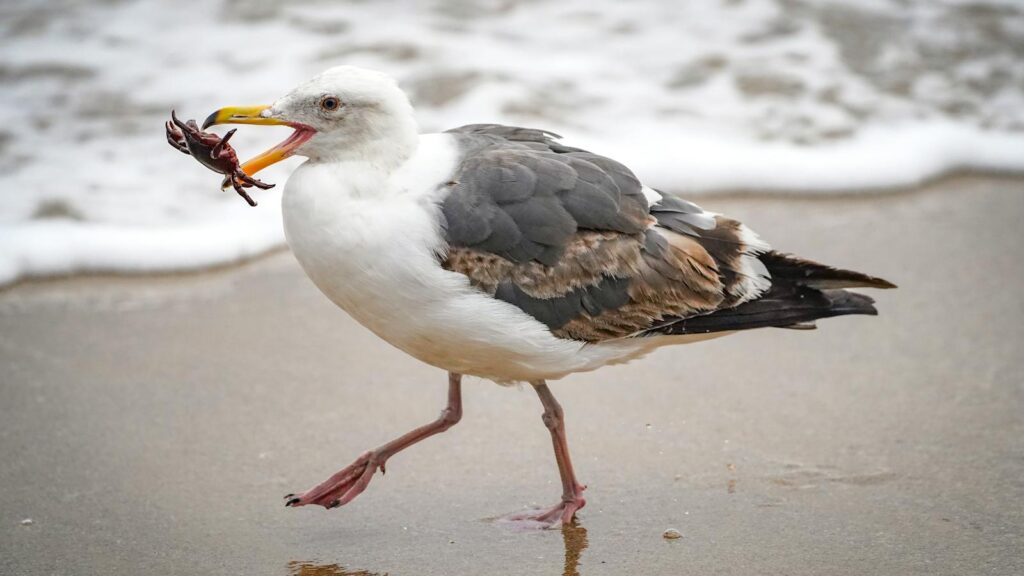
The Pacific Flyway provides a perfectly timed sequence of food resources that align with birds’ migration schedules, creating a “green wave” of food availability that birds can follow northward in spring and southward in fall. Coastal areas offer rich marine resources including fish, shellfish, and crustaceans that provide high-energy food for many migratory species. In agricultural regions like California’s Central Valley, rice fields and other crops offer abundant grain for waterfowl and other seed-eating birds. The flyway’s varied habitats support diverse insect populations that emerge at different times, providing crucial protein sources for migrating songbirds and aerial insectivores like swallows. These predictable food patterns allow birds to time their migrations to coincide with peak resource availability, maximizing their chances of successful journeys.
6. Milder Coastal Climates
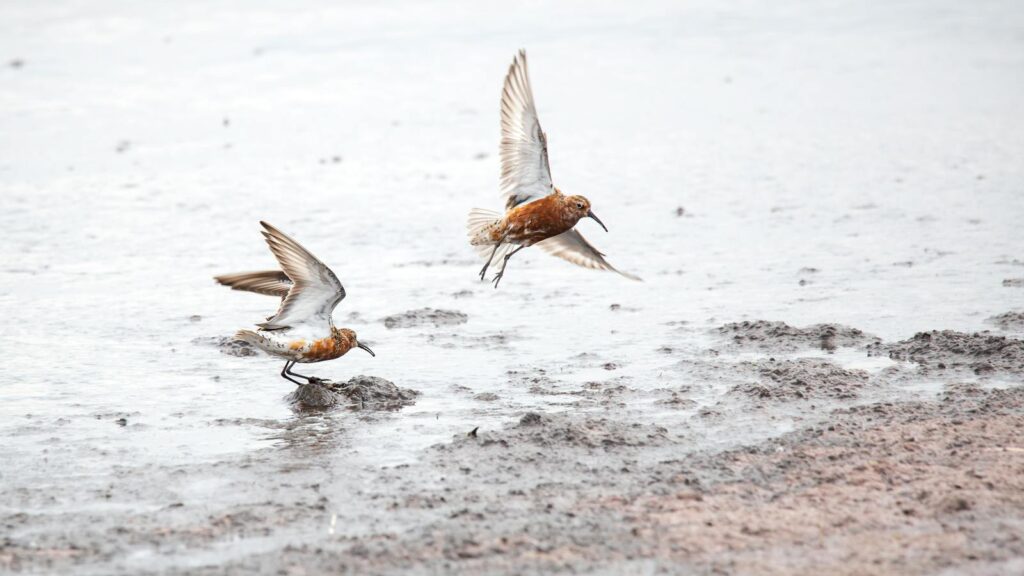
The moderating influence of the Pacific Ocean creates milder, more stable weather conditions along the western flyway compared to inland routes, reducing the risks birds face during migration. The maritime climate along the coast prevents extreme temperature fluctuations that can be deadly for migrating birds, especially during spring and fall when weather can be unpredictable. Coastal areas typically experience less severe winter conditions, allowing some species to migrate shorter distances or even remain resident year-round in the southern portions of the flyway. This climate advantage is particularly important for species with limited cold tolerance or those that time their migrations during transitional weather periods. Birdwatchers benefit from this climate pattern too, with more comfortable viewing conditions and more extended seasonal opportunities to observe migratory species.
7. Strategic Stopover Sites
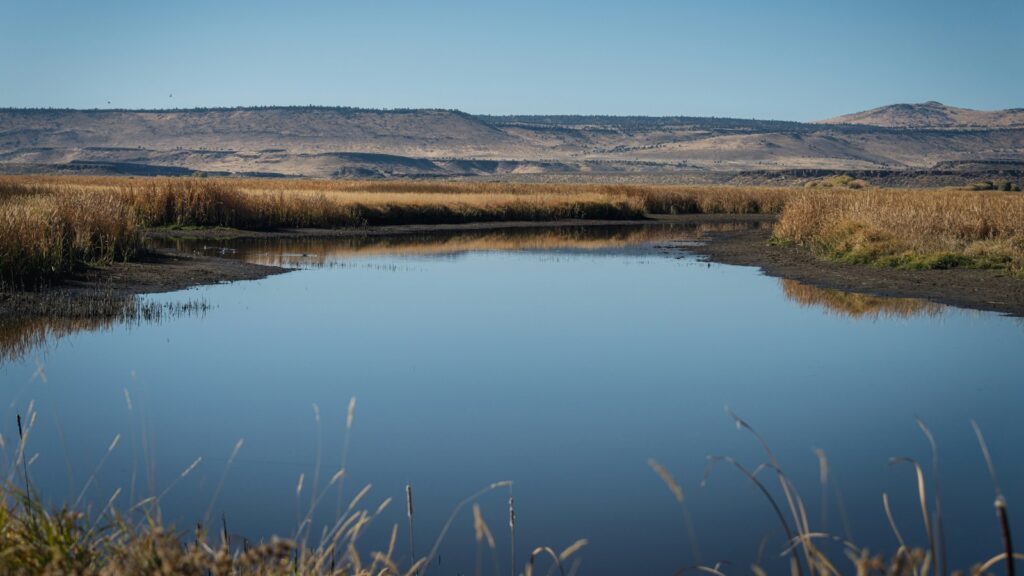
The Pacific Flyway features a network of critical stopover locations where birds can rest and refuel, strategically spaced to accommodate different flight ranges and energy needs. These sites include internationally significant refuges like California’s Klamath Basin, Oregon’s Malheur National Wildlife Refuge, and Washington’s Gray’s Harbor, which support millions of birds during migration periods. Many of these stopover sites have been formally protected and managed specifically to support migratory birds, with water levels and habitat conditions optimized for their needs. The predictable quality of these sites allows birds to make efficient migrations, knowing they can find suitable rest areas at regular intervals. For birdwatchers, these stopover sites offer exceptional viewing opportunities, with high concentrations of diverse species often visible during peak migration periods.
8. Lower Predation Pressure
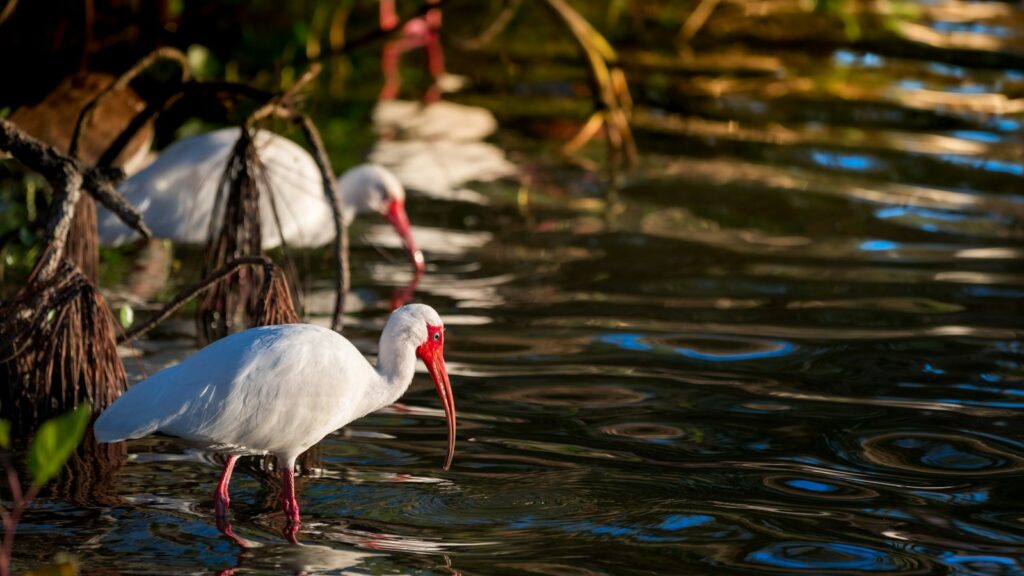
The Pacific Flyway offers numerous advantages regarding predator avoidance, an often-overlooked factor in birds’ migration route selection. The western route features more extensive wilderness areas and less fragmented habitats than eastern alternatives, providing safer passage with fewer predator encounters. Coastal wetlands and open water bodies give water birds places to rest where terrestrial predators cannot easily reach them, offering critical security during vulnerable resting periods. The relative abundance of protected areas and wildlife refuges along the Pacific Flyway creates managed environments where predator populations are monitored and sometimes controlled to protect migratory species. This reduced predation pressure is especially important during migration when birds are physically stressed and less capable of evading threats while focusing their energy on the journey.
9. Wind Patterns and Energy Efficiency
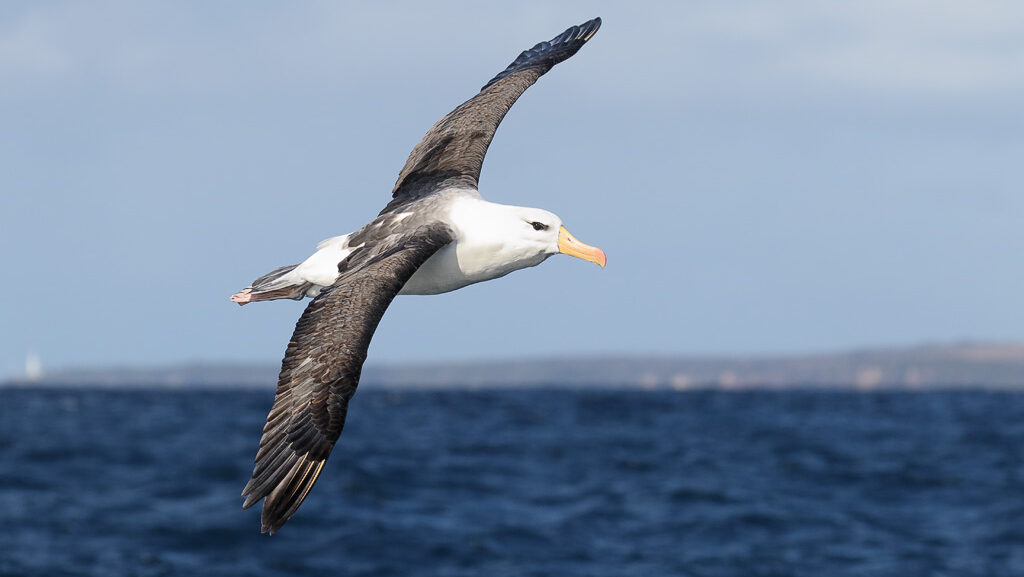
Prevailing wind patterns along the Pacific Flyway create favorable conditions that help birds conserve energy during their long-distance flights. The coastline generates reliable onshore and offshore breezes that birds can exploit for more efficient travel, often timing their flights to coincide with the most advantageous winds. Valley corridors between mountain ranges channel winds in north-south directions that align with migration routes, creating natural flyways with reduced headwind resistance. Many species time their daily flights to take advantage of morning tailwinds or evening thermal patterns that reduce the energy cost of migration. These energy savings are crucial for migratory success, allowing birds to complete their journeys with sufficient fat reserves to survive and potentially breed after arrival.
10. Lower Light Pollution Interference
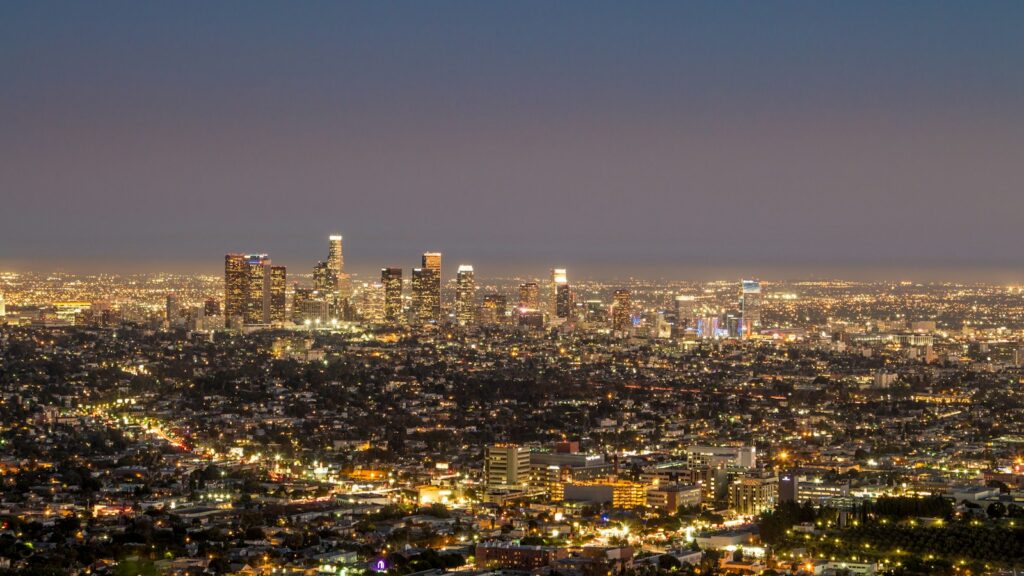
The Pacific Flyway contains more dark sky corridors than eastern routes, reducing the disorienting effects of artificial light that can interfere with birds’ navigation systems. Many nocturnal migrants rely on celestial cues like star patterns and the setting sun to orient themselves, and excessive light pollution can cause confusion, leading to collisions with structures or deviations from optimal routes. The western United States generally has more extensive wilderness areas and lower population density, resulting in fewer cities and less pervasive light pollution along migration corridors. Research has shown that birds following darker corridors maintain more direct and efficient migration paths compared to those navigating through heavily lit urban areas. This advantage becomes increasingly important as light pollution continues to expand globally, making the relatively darker Pacific Flyway an even more crucial route for successful migration.
Conservation Challenges Facing the Pacific Flyway
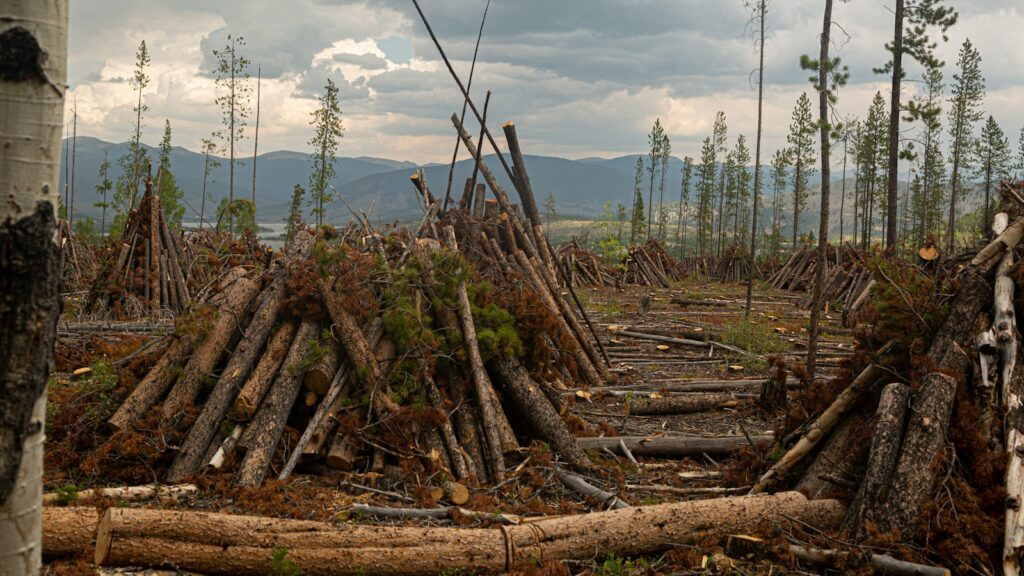
Despite its natural advantages, the Pacific Flyway faces numerous threats that endanger its role as a critical migration corridor. Habitat loss from urban development, agricultural expansion, and wetland drainage has eliminated or degraded many traditional stopover sites that birds depend on during migration. Climate change is altering the timing of seasonal food availability and changing precipitation patterns, potentially creating mismatches between birds’ arrival times and peak resource availability. Water diversion for agriculture and urban use threatens many wetland habitats along the flyway, particularly in drought-prone areas like California’s Central Valley. Conservation efforts by government agencies, non-profit organizations, and international partnerships are working to address these threats through habitat protection, restoration projects, and policy initiatives aimed at preserving this vital migration corridor for future generations of birds and birdwatchers.
How Birdwatchers Can Support Pacific Flyway Conservation

Birdwatchers play a crucial role in monitoring and protecting the Pacific Flyway through their observations and advocacy efforts. Participating in citizen science programs like eBird helps scientists track migration patterns and population trends, providing valuable data that informs conservation decisions. Supporting conservation organizations financially or through volunteer work directly contributes to habitat protection and restoration projects along the flyway. Responsible birding practices, such as maintaining appropriate distances from birds and avoiding disturbance during critical feeding or resting periods, help ensure that birds can successfully complete their migrations. By sharing their knowledge and passion with others, birdwatchers can build broader public awareness about the importance of the Pacific Flyway and the need to protect this irreplaceable natural resource for future generations.
Conclusion

The Pacific Flyway stands as one of nature’s most remarkable phenomena, guiding countless birds on journeys spanning thousands of miles. For birdwatchers, understanding the factors that make this aerial corridor so attractive to migrating species enhances appreciation of both the birds themselves and the complex ecosystems that support them. From the natural advantages of geography and climate to the evolutionary adaptations that enable navigation along this ancient route, the Pacific Flyway represents an intricate relationship between birds and their environment developed over millennia. As climate change and habitat loss increasingly threaten migratory birds worldwide, the preservation of this vital flyway becomes ever more critical. By recognizing the special features that make the Pacific Flyway indispensable to so many species, birdwatchers can become more effective advocates for its protection, ensuring that future generations can witness the awe-inspiring spectacle of migration along this magnificent western route.
